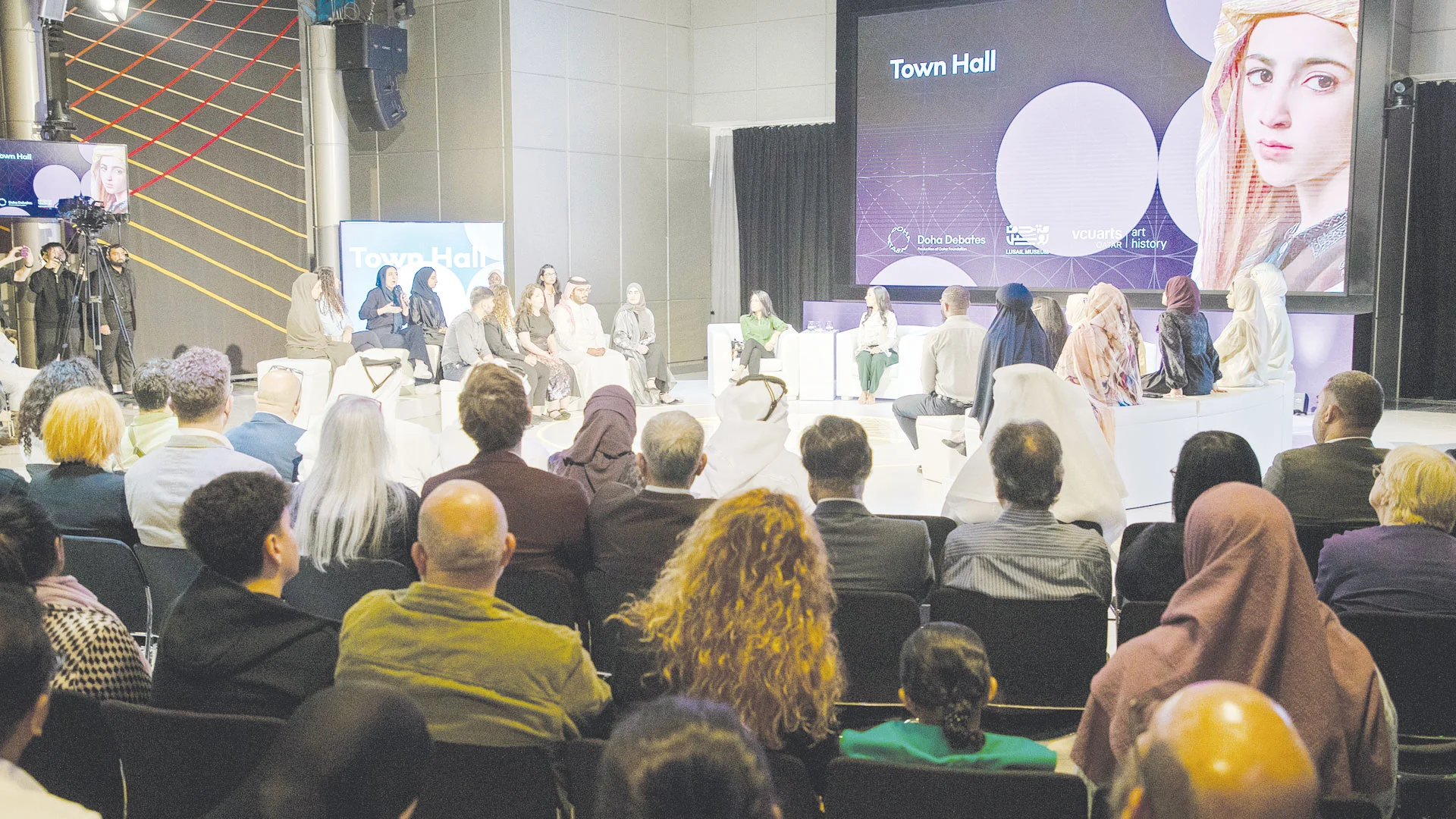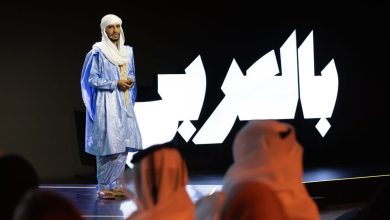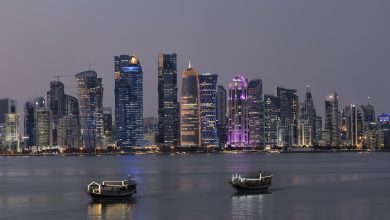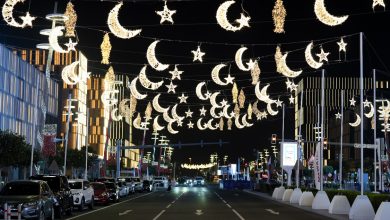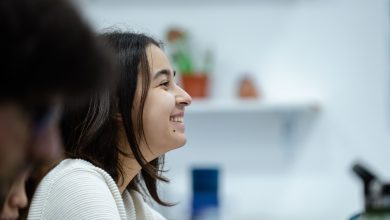Doha Debates Explores How Eastern Art is Viewed Through Western Eyes
مناظرات الدوحة تستكشف وجهات النظر الغربية حول الاستشراق
QNA
Doha: With artistic portrayals of Arab and Asian identities through the eyes of the West often being inaccurate and leading to negative stereotyping, Qatar Foundation’s Doha Debates has delved into how Orientalist art has shaped these perceptions and stereotypes over centuries.
The Doha Debates Town Hall, which took place at Qatar Foundation (QF) partner university Virginia Commonwealth University School of the Arts in Qatar and focused on ‘Orientalism Demystified: Eastern Insights on Western Myths’, explored whether museums should still present Orientalist works in their collections, given the often-negative connotations these artworks carry.
Orientalism began as an artistic, aesthetic movement that examined how the West viewed the Arab, North African and Asian worlds. In parts of the 18th and 19th Century, art portrayed people from the West as masculine, rational and superior, while those from the East were villainous, barbaric, and exotic, with women in particular depicted as helpless – negative stereotypes still reflective today in modern culture.
Journalist Fatima Bhutto explained at the Doha Debates event, Orientalism is not just an artistic movement; it can have real world implications on how people view each other and can reinforce harmful stereotypes.
Broadcast journalist and trustee of the National Portrait Gallery in London Inaya Folarin Iman said: “Often, the most thought provoking and compelling artworks are deeply offensive because they challenge us and ask us to question deeply held taboos.” “Two very different and mutually exclusive opposing views can each have compelling and sincere justification, and as long as we are open to discussing them as citizens and human beings, it is OK for us to come to different conclusions,” she added.
Writer and Deputy Director of curatorial affairs at the Lusail Museum Kholood Al Fahad aired her belief that art from previous centuries is not always created through first-hand knowledge. “Orientalist art is the intersection between fact and fiction, and imagination and reality,” she said. “It gives a lot of freedom for interpretation, as artists dont have access to what they paint, and therefore can only imagine it, often meaning that the depiction is not accurate,” she added.
A number of student and faculty participants had different views on the topic of discussion, which they presented to the audience.
قنا
الدوحة: تكتنف التصورات الفنية الغربية بشأن الهويات العربية والآسيوية الكثير من أوجه عدم الدقة، إذ تعمد هذه التصورات إلى وضعها في قوالب نمطية سلبية.. هذا ما سعت إلى بحثه مناظرات الدوحة، التابعة لمؤسسة قطر للتربية والعلوم وتنمية المجتمع، في لقاء مفتوح جرى خلاله إلقاء الضوء على تجليات تشكيل الفن الاستشراقي لهذه التصورات والقوالب النمطية على مر القرون.
أقيم اللقاء في جامعة فرجينيا كومنولث كلية فنون التصميم في قطر، إحدى الجامعات الشريكة لمؤسسة قطر، بعنوان: تبسيط الاستشراق: رؤى شرقية حول الأساطير الغربية، حيث تمت مناقشة ما إذا كان ينبغي على المتاحف الاستمرار في تقديم الأعمال الاستشراقية في مجموعاتها الفنية بالنظر إلى الدلالات السلبية التي تحملها.
وبدأ الاستشراق كحركة فنية انكبت على دراسة نظرة الغرب إلى العالم العربي وشمال إفريقيا وآسيا. وفي فترات من القرنين الثامن عشر والتاسع عشر، صور هذا الفن الشعوب الغربية على أنها ذكورية وعقلانية ومتفوقة، فيما كان يرى في الشعوب الشرقية تجسيدا للشر والبربرية والهمجية، وفي النساء مخلوقات عاجزة وسلبية. والملفت للنظر أن هذه التصورات السلبية لا تزال حتى اليوم تتجلى في الثقافة الحديثة.
وخلال حوار مناظرات الدوحة، أوضحت فاطمة بوتو الكاتبة الصحفية، أن الاستشراق ليس مجرد حركة فنية فحسب، بل هو توجه يمكن أن تكون له آثار تنعكس على العالم الحقيقي وتؤثر سلبا على نظرة الشعوب لبعضها البعض، فضلا عن دوره في ترسيخ الصور النمطية السلبية.
من جهتها، قالت عناية فولارين إيمان، صحفية إذاعية وأمينة معرض الصور الوطني في لندن:” في كثير من الأحيان، تكون الأعمال الفنية الأكثر تحفيزا للتفكير وإقناعا مسيئة للغاية؛ لأنها تتحدانا وتطلب منا التشكيك في الأمور المحظورة”.
وتابعت:” يمكن أن يكون لوجهتي نظر متعارضتين ومختلفتين للغاية مبررات مقنعة وصادقة، وطالما أننا منفتحون على مناقشتهما كمواطنين، فلا بأس من أن نتوصل إلى استنتاجات مختلفة”.
من جانبها، أعربت خلود الفهد، كاتبة وباحثة ونائب المدير للشؤون المتحفية بالوكالة في متحف لوسيل، عن اعتقادها بأن الفن السائد في القرون السابقة لم يكن ينبع دائما من خلال المعرفة المباشرة. وأضافت:” إن الفن الاستشراقي هو تقاطع بين الحقيقة والخيال، والخيال والواقع .. إنه يمنح الكثير من الحرية للتفسير، حيث لا يستطيع الفنانون الوصول مباشرة إلى ما يرسمونه، وبالتالي يمكنهم فقط تخيله، مما يعني غالبا أن التصوير قد يكون غير دقيق”.
كما كان لعدد من المتدخلين من الطلبة وأعضاء هيئة التدريس وجهات نظر مختلفة حول موضوع النقاش، قدموها بين يدي الحضور.
